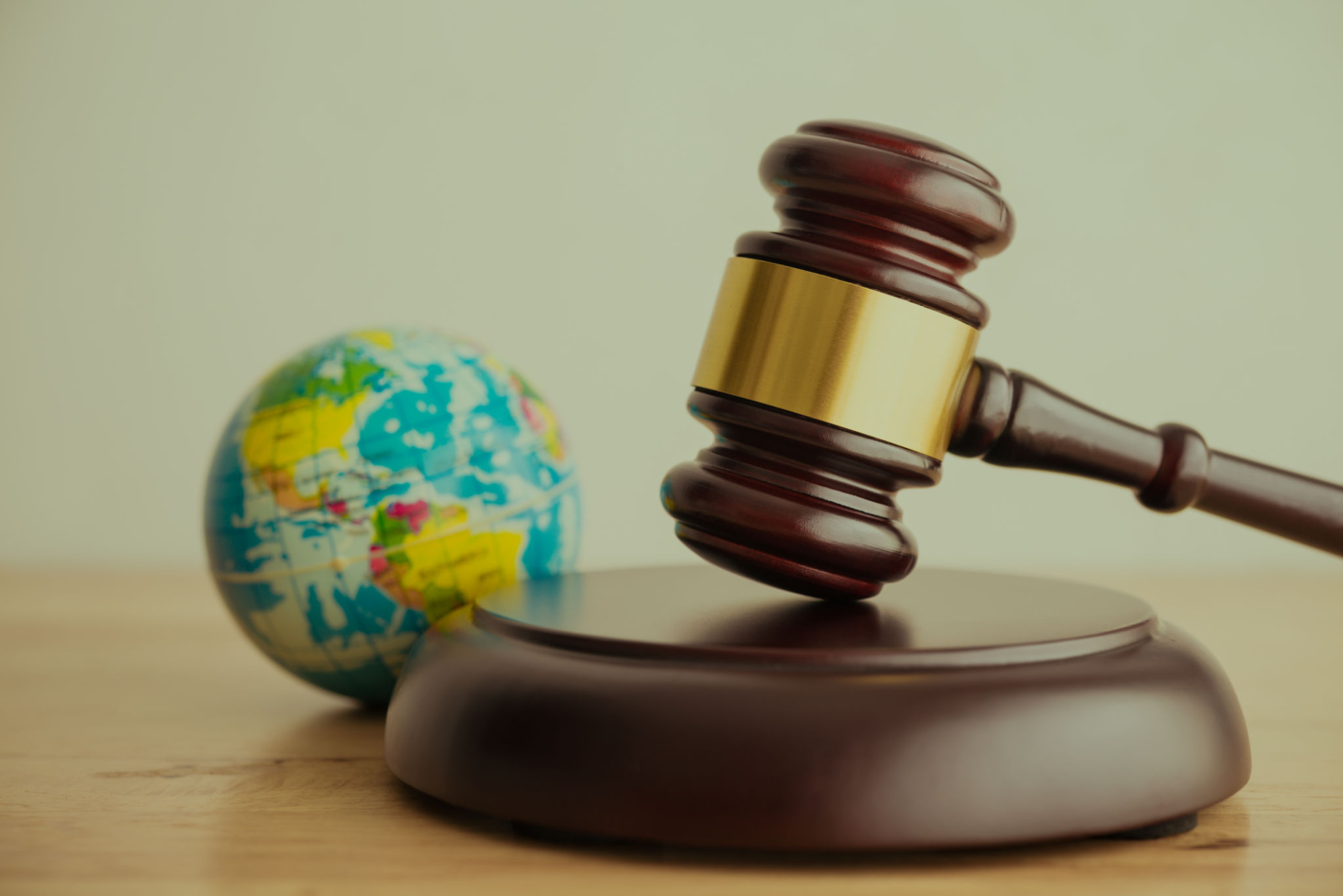Navigating International Trademark Protection: Key Considerations
Understanding the Importance of International Trademark Protection
In today's globalized marketplace, protecting your brand on an international scale is crucial. A trademark serves as a unique identifier that distinguishes your products or services from others. Without proper protection, your brand's reputation and market share could be at risk. Navigating international trademark laws can be complex, but understanding key considerations can safeguard your brand effectively.

Research and Strategy: The First Steps
Before venturing into international markets, conduct thorough research on the trademark laws of each country. Different jurisdictions have varied requirements and procedures for trademark registration. It is essential to develop a comprehensive strategy that aligns with your business goals. This may involve prioritizing countries based on market potential and existing competition.
Moreover, consider conducting a comprehensive trademark search in the target countries to ensure your brand name or logo does not infringe on existing trademarks. This proactive step can save significant time and resources in the long run.
Understanding Trademark Classes
Trademarks are categorized into different classes based on the type of goods or services they represent. The International Classification of Goods and Services, also known as the Nice Classification, divides trademarks into 45 classes. When filing for international trademark protection, it’s important to identify the correct classes for your products or services.

Filing under the wrong class can lead to legal challenges and possible rejection of your application. Therefore, having a clear understanding of which classes are relevant to your business is crucial for effective trademark protection.
The Madrid Protocol: A Streamlined Process
One of the most efficient ways to secure international trademark protection is through the Madrid Protocol. This treaty allows businesses to file for trademark protection in multiple countries with a single application. It simplifies the process and can significantly reduce costs and administrative burdens.
However, while the Madrid Protocol offers a streamlined approach, it is important to note that it does not cover every country. Researching which countries are members of the protocol can help you determine if this is a viable option for your business.

Monitoring and Enforcement
Once you have secured international trademark protection, ongoing monitoring and enforcement are crucial to maintaining your brand’s integrity. This involves regularly checking for potential infringements and taking swift action when necessary. Partnering with legal experts can provide valuable support in navigating these challenges.
Additionally, consider setting up automated monitoring systems that alert you to any unauthorized use of your trademark. Being proactive in enforcement not only protects your brand but also deters potential infringements from occurring.
Conclusion: Securing Your Brand's Future
International trademark protection is an essential component of any global business strategy. By understanding the key considerations and taking strategic actions, businesses can effectively safeguard their brands across borders. Remember, investing in robust trademark protection today ensures the longevity and success of your brand in the future.
